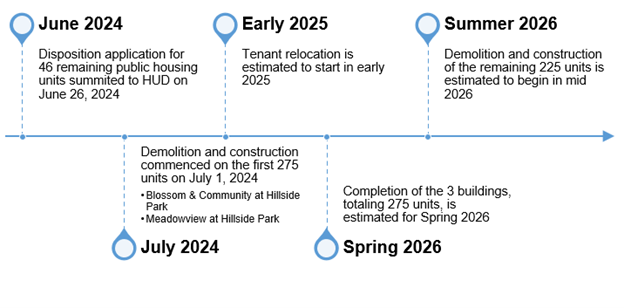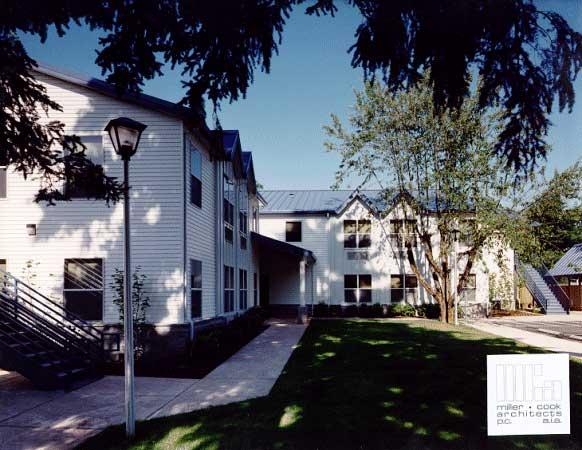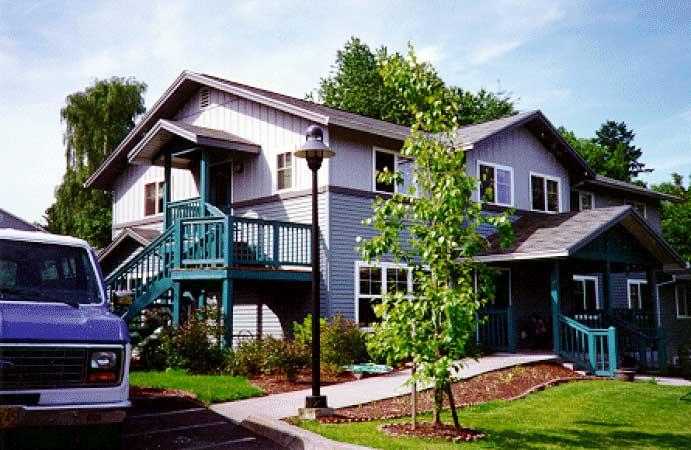Oregon City View Manor
Oregon City View Manor (OCVM) is a 100-home public housing neighborhood located in Oregon City. The Housing Authority of Clackamas County (HACC) will be changing OCVM from Public Housing to Section 8 Housing. This will include an application and approval process (described below) which will allow HACC to create a revitalized mixed-income community with up to 250 homes. This new community, called Park Place Redevelopment, will combine residents from Clackamas Heights and OCVM and will be located at the current Clackamas Heights site. An extensive community engagement process will help to determine the final design and amenities that will be constructed on the site.
People that currently live in the public housing will now be given a Section 8 voucher instead. These vouchers provide more flexibility for residents than public housing assistance, which is tied to the property. Section 8 voucher holders can take their voucher and lease safe, decent, and affordable privately owned rental housing in a location of their choice. These changes are happening for two reasons. First, Clackamas County's public housing is old and is no longer able to be maintained. Second, this is necessary due to changes in the Federal Housing and Urban Development Department (HUD).
Approximate Timeline
| Summer 2024 | Application submitted to HUD |
| Fall 2024 | Expected approval from HUD |
| Winter 2025-26 | Estimated start of construction |
Relocation
All residents displaced due to the redevelopment will receive a Section 8 voucher and relocation assistance from the Housing Authority. A moving specialist will work with every household to find replacement housing. In addition, financial assistance to cover moving expenses, security deposits, and other fees will be provided. All displaced residents will be given the option to move to a new home at Clackamas Heights once the redevelopment is complete.
For additional information and to have your questions answered, please attend a Relocation meeting. Additional meetings and information will be shared when available.
Meetings and Events
| June 5 5 p.m. to 7 p.m. | Open House for Park Place Redevelopment
|
| April 10 | CAC Meeting #2 Summary and Survey |
| March 27 | CAC Survey and Summary |
| March 13 Noon - 2 p.m. | Community Advisory Board - Meeting #1 Presentation |
| March 5 6 - 7 p.m. | Relocation Information and Q&A Meeting Q & A Summarized Online via Zoom Please send an email to OCVMInfo@clackamas.us to request a link to the Zoom meeting. |
| March 5 Noon - 1 p.m. | Relocation Informational and Q&A Meeting Q & A Summarized OCVM Community Room |
Resident Letter Resident Newsletter
Contact
If you have any questions please reach out:

Scattered Site Properties Info
OCVMInfo@clackamas.us
Housing Authority Staff Contact
Gloria LaFleur
971-930-3184
glafleur@clackamas.us
 Translate
Translate












